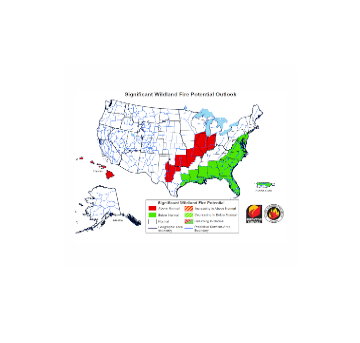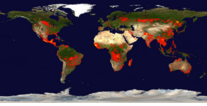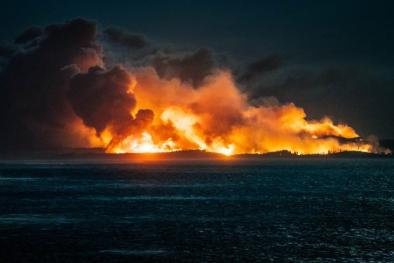Science Source
Explaining Extreme Events of 2015 from a Climate Perspective
After five years of the BAMS Explaining Extreme Events report, we're seeing mounting evidence that climate change is making heat waves more extreme in many regions around the world. As we get better at distinguishing the influence of climate change from natural variability, the local significance and impacts of this global phenomenon are becoming clearer.
Stephanie C. Herring, lead editor and scientist with NOAA's National Centers for Environmental Information
- Finds that climate change is altering extreme event risk
- Finds that human-caused climate change very likely increased the severity of heat waves that plagued India, Pakistan, Europe, East Africa, East Asia, and Australia in 2015 and helped make it the warmest year on record
- Identifies evidence of human-influenced climate change for:
- Ten extreme heat events, including heat waves in Europe, India, Pakistan, China, Indonesia, Japan, and Australia
- The record average global temperature in 2015
- Record-low Arctic sea ice in March
- Alaska's intense wildfire season
- Extreme drought in southwestern Canada
- Extreme May rainfall in southeast China
- Florida's "sunny day" flood in September
- Record winter sunshine in the United Kingdom
- Drought in Northeast and Southern Africa
- No climate change signal was found for:
- Outbreaks of extreme cold in the eastern US and Canada
- The late onset of Nigeria's spring rainy season
- Heavy daily precipitation in December over Chennai, India
Related Content
Science Source
| Climate Central
The Age of Alaskan Wildfires
Todd Sanford, PhD, Regina Wang et al
Real Time Data

Feb 25, 2016 | National Interagency Coordination Center
Significant Wildland Fire Potential Outlook
Real Time Data

Feb 25, 2016 | NASA EarthData
Global Fire Map
Headline

Feb 11, 2016 | AP
Report: Trees scorched by 2015 Kodiak wildfire likely to die


